The name Nephilim is simply not an ancient word, but more a word of modern invention. If you research the ancient text of past civilizations, the name Nephilim cannot be found in the 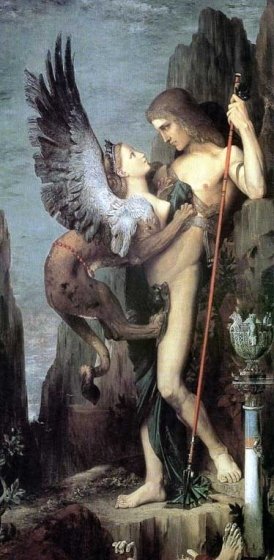 writings of the Egyptians, Assyrians, Greeks, or the Sumerians. To the Ancient Greeks- where much of our ‘current written’ ancient world history is derived from, the Nephilim were not even known, up until the 3rd century B.C. For example two of the greatest Greek historians who ever lived, Plutarch and Plato do not even mention the Nephilim once in their writings. However, I believe it is these historians where we get the “plot of the Nephilim biblical story.”
writings of the Egyptians, Assyrians, Greeks, or the Sumerians. To the Ancient Greeks- where much of our ‘current written’ ancient world history is derived from, the Nephilim were not even known, up until the 3rd century B.C. For example two of the greatest Greek historians who ever lived, Plutarch and Plato do not even mention the Nephilim once in their writings. However, I believe it is these historians where we get the “plot of the Nephilim biblical story.”
In studying the curious history of the Nephilim, I have found that it is simply not a name that we can trace back to any of the ancient empires who ruled the world over the last few thousand years. Hence, it is a modern name that was ‘invented’ to describe a “certain race of people or family” who are then mentioned twice in the Hebrew Bible, both in the Torah. The first is Genesis 6:1–4 NAS, immediately before the story of Noah’s ark (Wikipedia);
“Now it came about, when men began to multiply on the face of the land, and daughters were born to them, that the sons of God saw that the daughters of men were beautiful; and they took wives for themselves, whomever they chose. Then the LORD said, “My Spirit shall not strive with man forever, because he also is flesh; nevertheless his days shall be one hundred and twenty years.” The Nephilim were on the earth in those days, and also afterward, when the sons of God came in to the daughters of men, and they bore children to them. Those were the mighty men who were of old, men of renown.”
The second is Numbers 13:32–33 NAS, where the Twelve Spies report that they have seen fearsome giants in Canaan:
“So they gave out to the sons of Israel a bad report of the land which they had spied out, saying, “The land through which we had gone, in spying it out, is a land that devours its inhabitants; and all the people whom we saw in it are men of great size. There also we saw the Nephilim (the sons of Anak are part of the Nephilim); and we became like grasshoppers in our own sight, and so we were in their sight.”
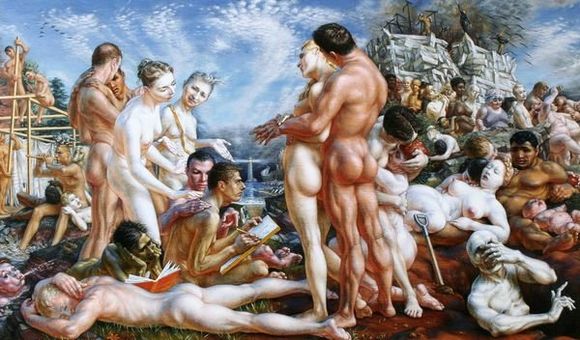 We are told in the bible that the Nephilim were on the earth in those days, and also afterward, when the sons of God came in to the daughters of men and they bore children to them. Those were the mighty men who were of old, men of renown” that are mentioned in the bible as the offspring of the “sons of God” and the “daughters of men.” In Greek culture, over the course of history there has been a large number of father gods and sons of gods; and in Ancient Greece there was actually a real family that were described in the same fashion- ” who were of old, men of renown and the sons of gods.” This race or particular family is mentioned by both Plato and Plutarch as “the oldest families in Thebes — a large part of the Boeotian aristocracy and the mighty men who were of old, men of renown.”
We are told in the bible that the Nephilim were on the earth in those days, and also afterward, when the sons of God came in to the daughters of men and they bore children to them. Those were the mighty men who were of old, men of renown” that are mentioned in the bible as the offspring of the “sons of God” and the “daughters of men.” In Greek culture, over the course of history there has been a large number of father gods and sons of gods; and in Ancient Greece there was actually a real family that were described in the same fashion- ” who were of old, men of renown and the sons of gods.” This race or particular family is mentioned by both Plato and Plutarch as “the oldest families in Thebes — a large part of the Boeotian aristocracy and the mighty men who were of old, men of renown.”
Thebes was the Capital of Boeotia, said to have been founded in 1500 B.C. by the Phoenician Prince, Cadmus who was the son of Agenor, king of Phoenicia. Cadmus was the Father and Founder of the Ancient City of Thebes and whose followers were known as the Boetians. The name Cadmus is originally derived from the Phoenicians Cadmon or Cadam-On, which denotes Cadam, meaning- The Son (Son of God-Nephilim). He is said to be the first person to introduce the use of letters into Greece. Also, the worship of almost every single deity in the entire world was introduced by the Phoenician Cadmus, AKA the Cadmonites of Palestine– who had come into Greece from ancient Palestine 1493 years before the Christian era, and to have died 61 years after.(1) Thebes was also the city of the god Amon-Ra and where the Temple of Light was located, known of today as the Temple of Luxor. The name Thebes is derived from the Greek word ‘Theba’ meaning Ark. Have you ever heard of the Ark of the Covenant?
Then we have the biblical connection of Cadmus, the Cadmonites and Hivites;
The Word Cadmus in Hebrew, signifies One who came from the East, and seems to determine him to have been of the Race of (a) the Cadmonites, which was a People in Palestina, the fame with the Hivites, who anciently descended from (b) Canaan the Son of Ham. Harmonia deriv’d her Name from Mount Hermon in that Country. Many of these Cadmonites inhabited (s) Mount Hermon, which was the most eastern Part of the Land of Canaan, and signifies the lame, as (d) Tabor lay in, and signify’d, The IVeji. His Soldiers the Hivites Mt said to be changed into Serpents, because the fame Word both in Syriack and Arabics signifies a Serpent. He was the Improver of Brass, and therefore (e) the Stone of which it was made, was call’d Cadmia, and the fame Word in the Hebrew Language signifies both Brass and a Serpent.
These priest were Gnostics whose symbol was the serpent, and their god Serapis. The various spellings of the name Serapis are Sor-apis (Σέραπις, Attic/Ionian Greek), Sarapis (Σάραπις, Dorian Greek), Serapin (Greek Ὄφις), or in Hebrew Seraph. All these names mean ‘serpent.’ The name ‘seraphim’ is the plural form of serpent and is also said to mean, “the burning ones.” Serapis is the Hellenized version of the Egyptian Osiris-Apis.
This same family was said to be the descendants of the children of Pytho the Nisibian, said to belong to the Sparti (Spartoi). They were a race of warlike, earth-born warriors. Their descendants were all said to have a mythical birthmark, and some of these men we know today as Nephilim. They were the founders of many countries around the world. Men such as Seleucus, the founder of the country we know today as Syria and the Secloid Dynasty. He was said to be the son of the god Apollo and he had a mythical birthmark shaped as an anchor on his thigh.
Plato writes about the Sparti and the mythical white birthmarks of this family, Laws 728 A. 2 Horace, Epistles 1. 1. 106. 3;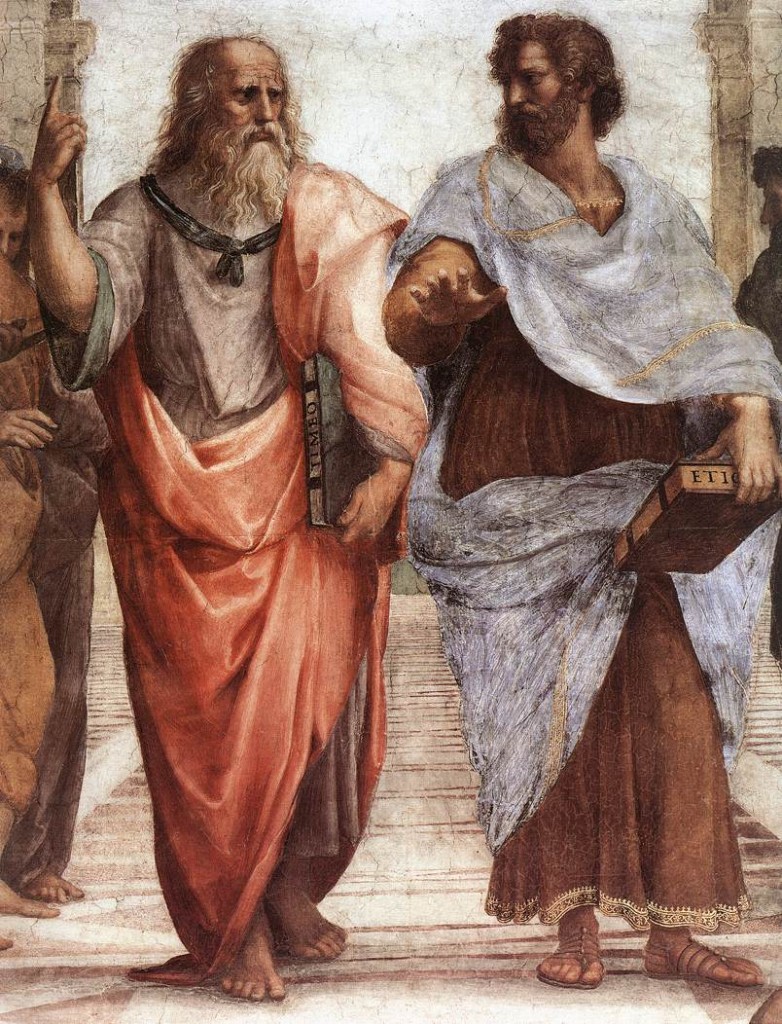
“The Sparti, sprung from the dragon’s teeth sown by Cadmus. Just so no good man who imparts his goodness to another was ever thought to have less virtue by as much as he had bestowed. So divine and excellent is that possession, and most true is the saying of the Athenian stranger, whoever that inspired man may have been: “All the gold beneath the earth and above ground is too little to give in exchange for virtue.”
Let us therefore now boldly call its possessor wealthy, yes and I should say well-born also, and the only king among them all, if anyone agree to this. For as noble birth is better than a lowly pedigree, so virtue is better than a character not in all respects admirable. And let no one say that this statement is contentious and too strong, judging by the ordinary use of words. For the multitude are wont to say that the sons of those who have long been rich are well-born.
And yet is it not extraordinary that a cook or cobbler, yes, by Zeus, or some potter who has got money together by his craft, or by some other means, is not considered well-born nor is given that title by the many, whereas if this man’s son inherit his estate and hand it on to his sons, they begin to give themselves airs and compete on the score of noble birth with the Pelopids and the Heraclids?
Nay, even a man who is born of noble ancestors, but himself sinks down in the opposite scale of life, could not justly claim kinship with those ancestors, seeing that no one could be enrolled among the Pelopids who had not on his shoulder the birth-mark of that family. And in Boeotia it was said that there was the impression of a spear on the Sown-men.”
There are connections in Ancient Syria of the Nephilim to a place called Nepha-tes that is situated in the country of modern-day Armenia near Taurus, Antitaurus, and Mount Ararat. This is where the Tigris and Euphrates rivers take their rise in this country. At one time, Syria was divided into five kingdoms that had extended from Cilicia and mount Amanus to Arabia and Egypt, and from the Mediterranean to the Euphrates. The ancient names of these kingdoms were Commagene, Seleucis, or Syria Propria, CeeIo Syria, Phoenicia, JudaVa, or Palaestina (Palestine).
Some of these same kingdoms you will also find in the bible or on modern maps which also place the Nephilim in Syria and a place called Nephates. The same country founded by a man who was fathered by a god; Seleucus who also had a mythical birthmark as described by Greek historians. The country called Palestina back then, is known today as Palestine and also called the Holy Land, the Land of Canaan of Israel, and of Judah. The same land that was first divided into twelve tribes, afterwards into the kingdoms of Judah and Israel, and last by the Romans into several districts. Phoenicia would of course be the land of the Phoenicians.
The Ancient Syrian Kingdom of Commagene (Armenian: Կոմմագենէի Թագավորութիւն, Greek: Βασίλειον τῆς Kομμαγηνῆς) was an ancient Armenian kingdom of the Hellenistic Age.
Commagene was a small kingdom, located in modern south-central Turkey, with its capital at Samosata (modern Samsat, near the Euphrates). It was first mentioned in Assyrian texts as Kummuhu, which was normally an ally of Assyria, but eventually annexed as province in 708 BC under Sargon II. The Persian Empire then conquered Commagene in the 6th century BC, and Alexander the Great conquered the territory in the 4th century BC. After the breakup of the Alexandrian Empire, Commagene was a state and province in the Greco-Syrian Seleucid Empire.
The Hellenistic kingdom of Commagene, bounded by Cilicia on the west and Cappadocia on the north, arose in 162 BC. This was the year when its governor, Ptolemy, a Satrap of the disintegrating Seleucid Empire, declared himself independent. Ptolemy’s dynasty was related to the Parthian kings, but his descendant Mithridates I Callinicus (109 BC-70 BC) embraced the Hellenistic culture and married the Syrian Greek Princess Laodice VII Thea. His dynasty could thus claim ties with both Alexander the Great and the Persian kings. This marriage may also have been part of a peace alliance between Commagene and the Seleucid Empire. From this point on, the kingdom of Commagene became more Greek than Persian.
In antiquity, Cilicia (Turkish: Kilikya, Armenian: Կիլիկիա, Greek: Κιλικία, Middle Persian: klkyʾy, Parthian: kylkyʾ) was the south coastal region of Asia Minor, south of the central Anatolian plateau. It existed as a political entity from Hittite times into the Byzantine empire. Cilicia extends inland from the southeastern coast of modern Turkey, due north and northeast of the island of Cyprus. This Trojan Cilicia is mentioned in Homer‘s Iliad and Strabo‘s Geography, and contained localities as Thebe, Lyrnessus and Chryse. These three cities were all attacked and sacked by Achilles during the Trojan War.(Wikipedia)
In Num. xiii. 33 the Nephilim are described as gigantic, and many dictionaries such as the Brown-Driver-Briggs Lexicon, gives the meaning of Nephilim as “giants.” Other explanations of the name base Nephilim as a word is a derivative of the Hebrew verbal root n-ph-l “fall.” Robert Baker Girdlestone gives good argument that the name comes from the Hiphil causative stem, implying that the Nephilim are to be perceived as “those that cause others to fall down.” Adam Clarke took it as passive, “fallen,” “apostates.” Ronald Hendel states that it is a passive form “ones who have fallen,” equivalent grammatically to paqid “one who is appointed” (i.e. overseer), asir, “one who is bound,” (i.e. prisoner) etc. (wikipedia)
However, the “sons of God” are explained in the Targum to Genesis 6:4 and the Midrash (Gen. R. 26:5) as young aristocrats who married the daughters of commoners. This explanation would coincide with the true history told to us by Plato and Plutarch and also the other pertinent facts I have detailed above.
” And it came to pass when men (the Adam) began to multiply on the face of the ground and daughters were born unto them ; then the sons of God (the Elohim) saw the daughters of men (the Adam) that they were fair, and they took to them wives of all that they chose. And Jehovah said, My spiiit shall not for ever rule (or be humbled) in men, seeing that they are [or, in their error they are] but flesh, and their days shall be a hundred and twenty years. The Nephilim were in the earth in those days ; and also afterwards when the sons of < Jod (the Klohim) came in unto the daughters of men (the Adam), and children were born to them, these were the heroes which were of old, men of renown.”
It is clearly explained in Genesis 6:4 that the offspring of the Nephilim were “mighty men of old, men of renown”. This exactly coincides with the true history told to us by both Plato and Plutarch who had also called these people,”the mighty men who were of old, men of renown from Boeotia.” This must not be a coincidence and it appears that some of these bible stories are based on the teachings of these Ancient Greek historians.
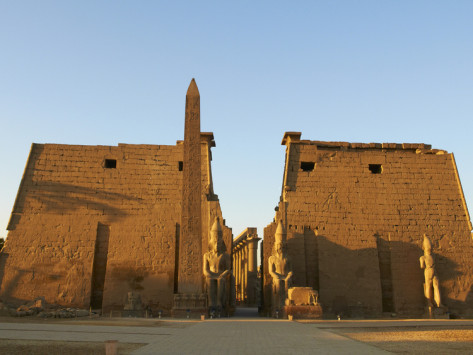 Based on the story above and my research on this blog, I would determine that the Nephilim are based on the real life history of this ancient family from Syria who we know of today as the sons of god. Their capital was at the city of the Ark, Thebes. The same exact area described in the bible as the Holy Land and where the priesthood of Amon-Ra had their strong hold. With its central location on the Nile, the priesthood of Thebes would be the main center of all the world’s manufacturing and creation for all arts, commerce and religion. A place where in actual true life history, Egyptian Pharaohs such as Ramesses II and his son, Ramesses III had communed with the gods at the temple of the Luxor, and even had set up two massive obelisks in front of it, one of which is now in Paris, France on display.
Based on the story above and my research on this blog, I would determine that the Nephilim are based on the real life history of this ancient family from Syria who we know of today as the sons of god. Their capital was at the city of the Ark, Thebes. The same exact area described in the bible as the Holy Land and where the priesthood of Amon-Ra had their strong hold. With its central location on the Nile, the priesthood of Thebes would be the main center of all the world’s manufacturing and creation for all arts, commerce and religion. A place where in actual true life history, Egyptian Pharaohs such as Ramesses II and his son, Ramesses III had communed with the gods at the temple of the Luxor, and even had set up two massive obelisks in front of it, one of which is now in Paris, France on display.
Is this all a coincidence or just the Apocalypse (unveiling)?
In part two of my series of articles on Who were the Nephilim, I will explain more about this family or race of people from Thebes that we know of today as the Nephilim.

Moe is the founder of GnosticWarrior.com. He is a father, husband, author, martial arts black belt, and an expert in Gnosticism, the occult, and esotericism.


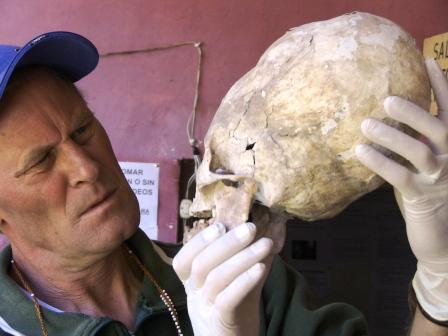
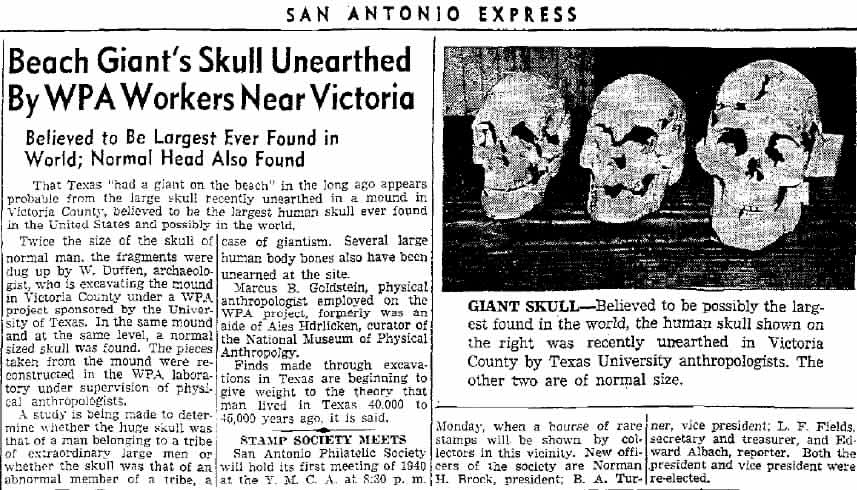
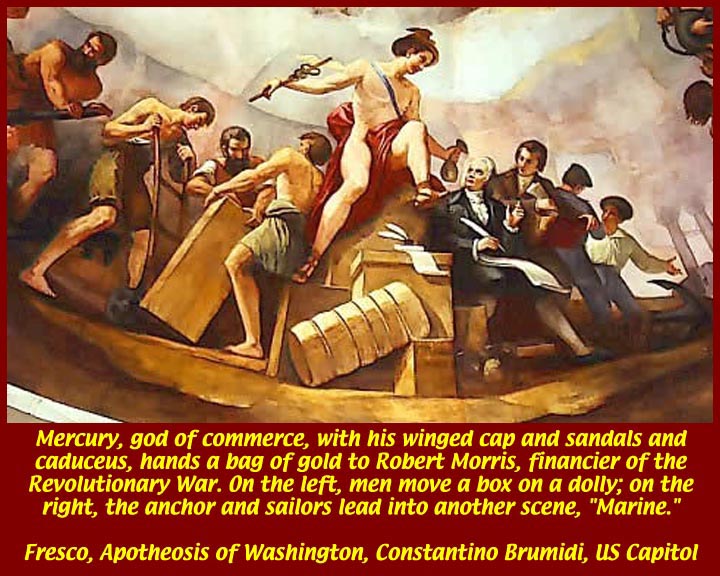


![How Ethelwald, successor to Cuthbert, leading a hermit’s life, calmed a tempest by his prayers when the brethren were in danger at sea [687-699 A.D.] | Book 5 | Chapter 1 How Ethelwald, successor to Cuthbert, leading a hermit’s life, calmed a tempest by his prayers when the brethren were in danger at sea [687-699 A.D.] | Book 5 | Chapter 1](https://www.gnosticwarrior.com/wp-content/plugins/contextual-related-posts/default.png)
not an antient word?!! what about pelasgo-illyrian language aka Albanian which was spoken long before there was greece or egypt. in albanian nefillim (at the beginning) in a case when you use it as name it will literally mean those that were at the beginning or those that started it. I am not a linguist though.
i would like to know your opinion of the book by dr j yahouda hebrew is greek he claims that hebrew and arabic are dirived and are 90% greek .
The Nephilim were those called “Noldor elves” (etymology N-ph-L-dior) by Tolkien. I’ve written a book about the Nephilim… find excerpts and the book in the source attached below.
Who were the biblically-mentioned Nephelim, “the men of old, men of renown”? What was so renowned about the Nephelim?
Were they the Noldor, who are mentioned as the politically most important of the “awakened” elves?
Indeed, that is what we find!
In Aramaic culture, “niyphelah” refers to Orion [the constellation of the 7 stars – correlated to the seven sons of the Noldo Feanor, see 1.5.4.5], and so nephilim seems related to Noldor. Niyphelah is obviously related to the term Nephele – In Greek myth: “Athamas [Adam] took as first wife the cloud goddess Nephele [related to the term Nephele, the Noldor was the leading reigning house], by whom he had 2 children, the boy Phrixus and the girl Helle [p1s of hell]. The Noldor i.e. Nephel-Dior – related to the root NBL (Nebel = Mist e.g.: nebelwerfer; cognate to novelty as well… indeed the term “nobility” as well – from here sprang; that is why men of renown) – a most ancient nobility created out of Atlantean remnants – were, with some exceptions – allies of Melkor, as Tolkien uses the term “misty mountains” to depict Melkor’s base, which proves that the political plan of creation became pro-logic! This resulted in the Noldor being led by Cain/Melkor… so deeply associated with the elven legacy was Cain that the language of the elves, for Tolkien, is Quendi (Cain-dio)! And here we even find the etymology of Noldor (Nephele-Dior i.e. Nol-Dor) – the emerging nobility… who, after “the creation” – would, by and large, defect, desisting from serving the sublogical commissions of the p0s, and thus become known in bibles as “mighty warriors, men of renown”, “heroes of old, men of renown” etc. – the Nephilim!
The people of Feanor1, since they had defected from the Creationist p0s, would be called “The fallen angels”…
Source(s): http://www.djedefsauron.net/index.php?option=com_content&view=article&id=245:men-of-old-men-of-renown-the-history-of-the-nephilim-part-1-origins-beyond-4600-bc&catid=52:the-mysteries-of-middle-earth&Itemid=65
You have enlightened me on the general history of the period of biblical literature while it was in the making. Now, you have omitted the writings of Enoch. I take Enochian writings to be later than the history of the Nephilim that you covered here. May I assume that you agree?
Very interesting, looking forward to more. I’ve always tried to put the niphilim with the annunaki but could never make a connection that wasn’t really way out there. I never heard this theory before. Thanks!